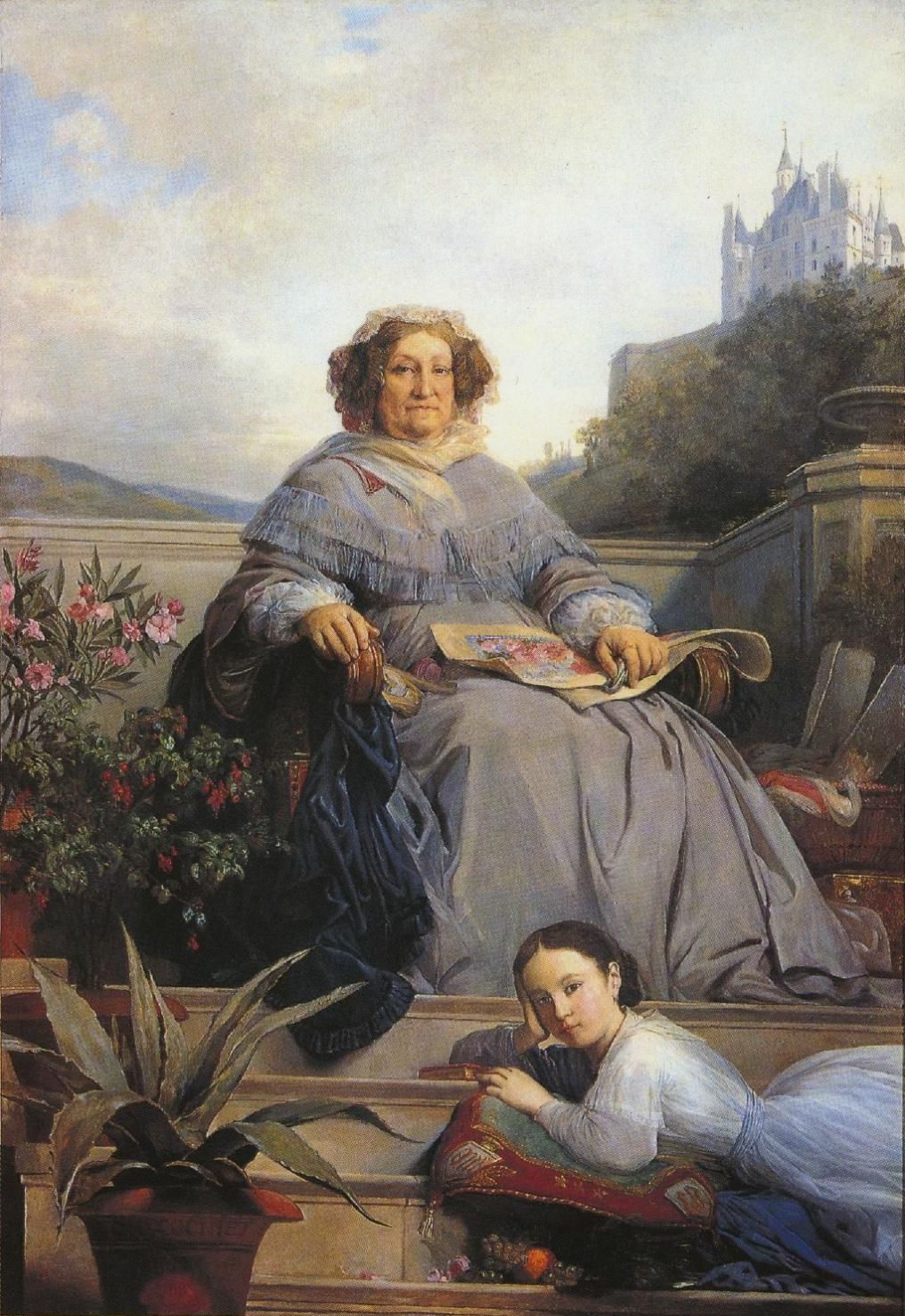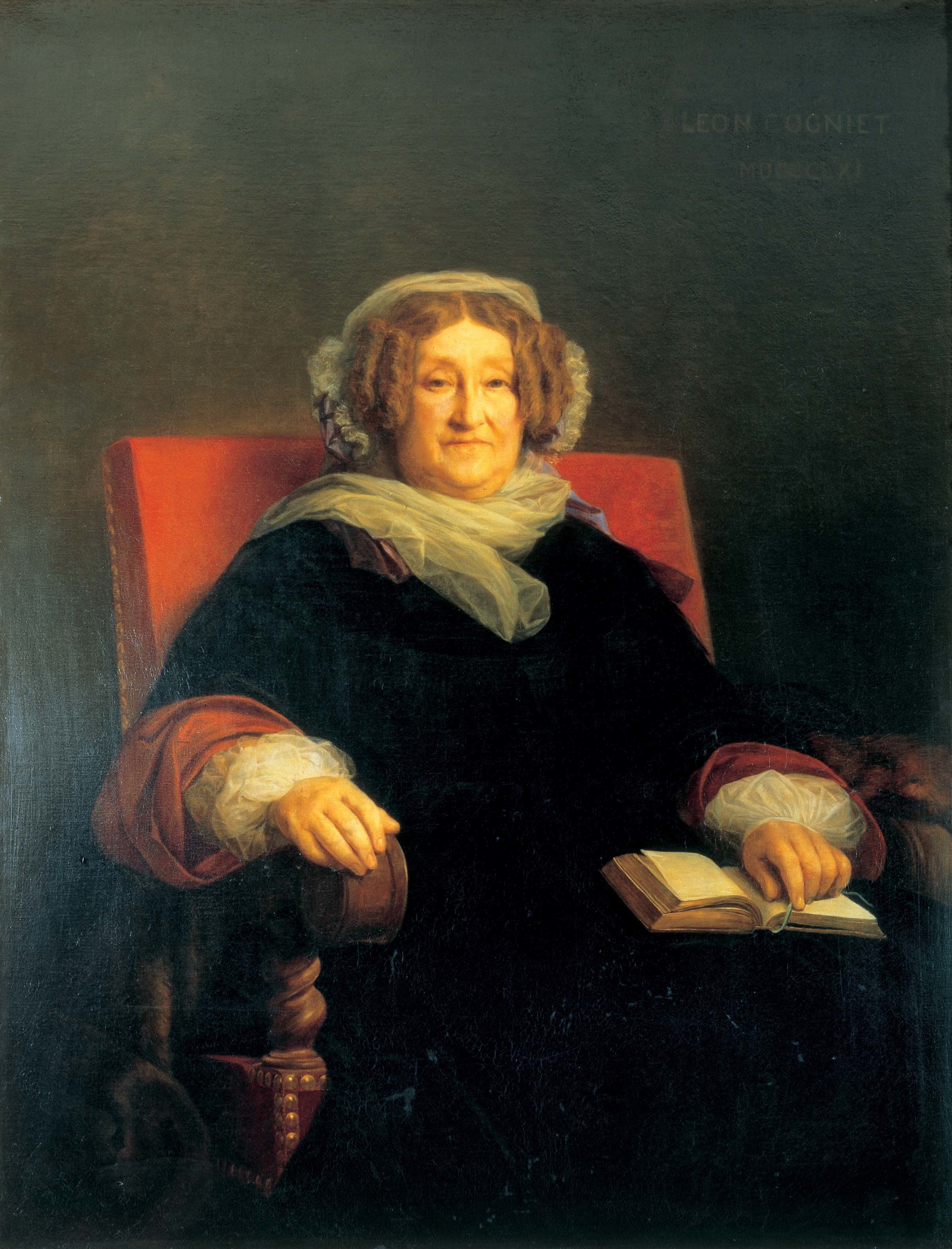|
Philippe D'Albert
Philippe Anne Louis Marie Dieudonné Jean d'Albert, 11th Duke of Luynes (12 August 1905 – 13 July 1993) was a French aristocrat who became the Duke of Luynes at the age of nineteen and held the title until his death in 1993. Early life The Duke of Luynes was born on 12 August 1905 in Dampierre-en-Yvelines in the Île-de-France region in north-central France. He was the second son of six children born to Honoré d'Albert, 10th Duke of Luynes (1868–1924) and Simone Louise Laure de Crussol d'Uzès (1870–1946). His elder brother, ''Charles''-Honoré, used the courtesy title, Duke of Chevreuse, until his death in 1918 during World War I while serving as an aviator. His paternal grandparents were Charles Honoré Emmanuel d'Albert de Luynes, 9th Duke of Luynes and Yolande de La Rochefoucauld (a daughter of Sosthène II de La Rochefoucauld, 4th Duke of Doudeauville and Princess Yolande, a daughter of Prince Jules de Polignac, the 7th Prime Minister of France). His paternal aunt, ... [...More Info...] [...Related Items...] OR: [Wikipedia] [Google] [Baidu] |
Duke Of Luynes
The Duke of Luynes (french: duc de Luynes ) is a territorial name belonging to the noble French house d'Albert. Luynes is, today, a commune of the Indre-et-Loire ''département'' in France. The family of Albert, which sprang from Thomas Alberti (died 1455), ''seigneur'' de Boussargues, ''bailli'' of Viviers and Valence, and viguier of Bagnols and Pont-Saint-Esprit in Languedoc, acquired the estate of Luynes in the 16th century. History The grandfather of the first Duke of Luynes was Léon d'Alberti, who changed the family name to Albert and married Jeanne de Ségur of Marseille in 1535. From the marriage he received a dowry of 10,000 livres and the fief of Luynes in today's ''département'' Bouches-du-Rhône in Provence. His son Honoré was born five years later. Léon d'Albert died in the Italian Wars. Honoré d'Albert (1540–1592), ''seigneur'' de Luynes, was in the service of the three last Valois kings and of Henry IV of France, and became colonel of the French ... [...More Info...] [...Related Items...] OR: [Wikipedia] [Google] [Baidu] |
Duke Of Noailles
The title of Duke of Noailles was a French peerage created in 1663 for Anne de Noailles, Count of Ayen. History Noailles is the name of a prominent French noble family, derived from the castle of Noailles in the territory of Ayen, between Brive and Turenne in Limousin, and claiming to date back to the 11th century. The family did not obtain fame until the 16th century, when its head, Antoine de Noailles (1504–1562), became admiral of France and was ambassador in England during three important years (1553–1556), maintaining a gallant but unsuccessful rivalry with the Spanish ambassador, Simon Renard. Henri de Noailles (1554–1623), son of Antoine, was a commander in the religious wars and was made comte d'Ayen by Henry IV of France in 1593. Anne de Noailles (died 1678), the grandson of the first count, played an important part in the Fronde and the early years of the reign of Louis XIV, became captain-general of the newly-won province of Roussillon, and in 1663 was made Duk ... [...More Info...] [...Related Items...] OR: [Wikipedia] [Google] [Baidu] |
Jacques De Crussol D'Uzès, 13th Duke Of Uzès
Ancient and noble French family names, Jacques, Jacq, or James are believed to originate from the Middle Ages in the historic northwest Brittany region in France, and have since spread around the world over the centuries. To date, there are over one hundred identified noble families related to the surname by the Nobility & Gentry of Great Britain & Ireland. Origins The origin of this surname ultimately originates from the Latin, Jacobus which belongs to an unknown progenitor. Jacobus comes from the Hebrew name, Yaakov, which translates as "one who follows" or "to follow after". Ancient history A French knight returning from the Crusades in the Holy Lands probably adopted the surname from "Saint Jacques" (or "James the Greater"). James the Greater was one of Jesus' Twelve Apostles, and is believed to be the first martyred apostle. Being endowed with this surname was an honor at the time and it is likely that the Church allowed it because of acts during the Crusades. Indeed, ... [...More Info...] [...Related Items...] OR: [Wikipedia] [Google] [Baidu] |
Duke Of Brissac
Duke of Brissac (french: duc de Brissac) is a title of French nobility in the Peerage of France, which was originally created in 1611 for Charles II de Cossé, Count of Brissac. This title has been held since April 2021 by Charles-André de Cossé-Brissac (b. 1962), who is the 14th Duke of Brissac. The ancestral home of the Cossé-Brissac family is the Château de Brissac, which the family still owns. Early history The fief of Brissac in Anjou had been acquired at the end of the 15th century by a French family named Cossé from the same province. René de Cossé (1460-1540) married into the Gouffier family, which was at that time very powerful at court. He was awarded the title of ''premier panetier'' to King Louis XII of France. Two sons of René de Cossé were prominent French military commanders and became Marshals of France. The fief of Brissac was assigned the status of a County in 1560 and allotted to René's elder son, Charles de Cossé, Count of Brissac, who was grand ... [...More Info...] [...Related Items...] OR: [Wikipedia] [Google] [Baidu] |
Pierre De Cossé Brissac
Pierre de Cossé Brissac, 12th Duke of Brissac (13 March 1900 – 4 April 1993), was a French aristocrat and author who wrote historical memoirs. He held the French noble title of Duke of Brissac from 1944 to 1993. Early life He was born in 1900 in Paris, France.Pierre de Brissac (1900-1993) His father, François de Cossé Brissac, was the 11th Duke of Brissac from 1883 to 1944. His mother was Mathilde de Crussol d'Uzès, younger daughter of the 12th |
François De Cossé Brissac, 11th Duke Of Brissac
François () is a French masculine given name and surname, equivalent to the English name Francis. People with the given name * Francis I of France, King of France (), known as "the Father and Restorer of Letters" * Francis II of France, King of France and King consort of Scots (), known as the husband of Mary Stuart, Queen of Scots * François Amoudruz (1926–2020), French resistance fighter * François-Marie Arouet (better known as Voltaire; 1694–1778), French Enlightenment writer, historian, and philosopher *François Aubry (other), several people *François Baby (other), several people * François Beauchemin (born 1980), Canadian ice hockey player for the Anaheim Duck *François Blanc (1806–1877), French entrepreneur and operator of casinos *François Boucher (other), several people *François Caron (other), several people * François Cevert (1944–1973), French racing driver * François Chau (born 1959), Cambodian American actor * F ... [...More Info...] [...Related Items...] OR: [Wikipedia] [Google] [Baidu] |
Veuve Clicquot
Veuve Clicquot Ponsardin () is a Champagne house founded in 1772 and based in Reims. It is one of the largest Champagne houses. Madame Clicquot is credited with major breakthroughs, creating the first known vintage champagne in 1810, and inventing the riddling table process to clarify champagne in 1816.G. Harding ''"A Wine Miscellany"'' pp 45–47, Clarkson Potter Publishing, New York 2005 H. Johnson ''Vintage: The Story of Wine'' pg 337 Simon & Schuster 1989 In 1818, she invented the first known blended rosé champagne by blending still red and white wines, a process still used by the majority of champagne producers. During the Napoleonic Wars, Madame Clicquot made strides in establishing her wine in royal courts throughout Europe, notably that of Imperial Russia. She played an important role in establishing Champagne as a favored drink of high society and nobility throughout Europe. The house has borne its distinctive gold-yellow label since the late 19th century. Th ... [...More Info...] [...Related Items...] OR: [Wikipedia] [Google] [Baidu] |
Madame Clicquot Ponsardin
Madame Clicquot, ''née'' Barbe-Nicole Ponsardin, Widow Clicquot or Veuve Clicquot (16 December 1777 – 29 July 1866), known as the "Grande Dame of Champagne", was a French Champagne producer. She took on her husband's wine business when widowed at 27. Under her ownership, and her skill with wine, the company developed early champagne using a novel technique. The brand and company of Veuve Clicquot Ponsardin still bears her name. Biography Barbe-Nicole Ponsardin, born 16 December 1777 in Reims, was the daughter of a wealthy father, Ponce Jean Nicolas Philippe Ponsardin (from 1813, Baron Ponsardin), a textile manufacturer and politician.Women with Attitude Susan Vinnicombe, John Bank, 2003, . Retrieved 17 March 2009 Her mother was Jeanne Josephe Marie-Clémentine Letertre-Huart. She married François Clicquot at the age o ... [...More Info...] [...Related Items...] OR: [Wikipedia] [Google] [Baidu] |
Anne De Rochechouart De Mortemart
Anne, alternatively spelled Ann, is a form of the Latin female given name Anna. This in turn is a representation of the Hebrew Hannah, which means 'favour' or 'grace'. Related names include Annie. Anne is sometimes used as a male name in the Netherlands, particularly in the Frisian speaking part (for example, author Anne de Vries). In this incarnation, it is related to Germanic arn-names and means 'eagle'.See entry on "Anne" in th''Behind the Name'' databaseand th"Anne"an"Ane"entries (in Dutch) in the Nederlandse Voornamenbank (Dutch First Names Database) of the Meertens Instituut (23 October 2018). It has also been used for males in France ( Anne de Montmorency) and Scotland (Lord Anne Hamilton). Anne is a common name and the following lists represent a small selection. For a comprehensive list, see instead: . As a feminine name Anne * Saint Anne, Mother of the Virgin Mary * Anne, Queen of Great Britain (1665–1714), Queen of England, Scotland, and Ireland (1702–07) ... [...More Info...] [...Related Items...] OR: [Wikipedia] [Google] [Baidu] |
Duke Of Uzès
Duke is a male title either of a monarch ruling over a duchy, or of a member of Royal family, royalty, or nobility. As rulers, dukes are ranked below emperors, kings, grand princes, grand dukes, and sovereign princes. As royalty or nobility, they are ranked below princess nobility and grand dukes. The title comes from French ''duc'', itself from the Latin language, Latin ''dux'', 'leader', a term used in Roman Republic, republican Rome to refer to a military commander without an official rank (particularly one of Germanic peoples, Germanic or Celts, Celtic origin), and later coming to mean the leading military commander of a province. In most countries, the word ''duchess'' is the female equivalent. Following the reforms of the emperor Diocletian (which separated the civilian and military administrations of the Roman provinces), a ''dux'' became the military commander in each province. The title ''dux'', Hellenised to ''doux'', survived in the Eastern Roman Empire where it cont ... [...More Info...] [...Related Items...] OR: [Wikipedia] [Google] [Baidu] |
Bergen-Belsen Concentration Camp
Bergen-Belsen , or Belsen, was a Nazi concentration camp in what is today Lower Saxony in northern Germany, southwest of the town of Bergen near Celle. Originally established as a prisoner of war camp, in 1943, parts of it became a concentration camp. Initially this was an "exchange camp", where Jewish hostages were held with the intention of exchanging them for German prisoners of war held overseas. The camp was later expanded to accommodate Jews from other concentration camps. After 1945, the name was applied to the displaced persons camp established nearby, but it is most commonly associated with the concentration camp. From 1941 to 1945, almost 20,000 Soviet prisoners of war and a further 50,000 inmates died there. Overcrowding, lack of food and poor sanitary conditions caused outbreaks of typhus, tuberculosis, typhoid fever and dysentery, leading to the deaths of more than 35,000 people in the first few months of 1945, shortly before and after the liberation. The cam ... [...More Info...] [...Related Items...] OR: [Wikipedia] [Google] [Baidu] |




.jpg)